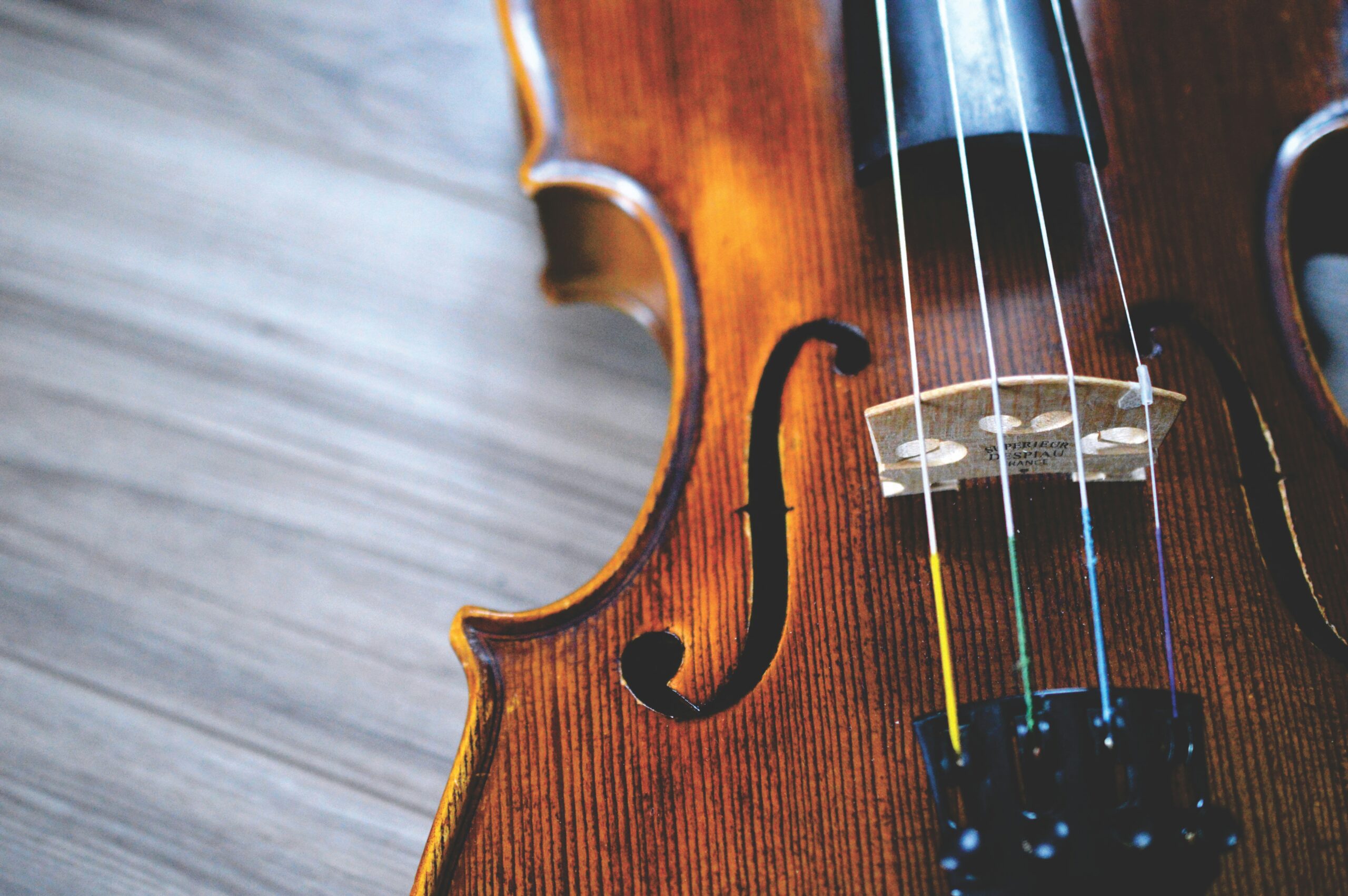You need to know and familiarize yourself with what makes a good violin, especially if you’re a beginner. So regardless if you’re buying your first violin or upgrading to another model, knowing the key characteristics of a quality violin will help you make a wise decision. Stick with us as we tackle it in this mini-guide we made just for you.
Understanding Violin Construction
The structure of a violin determines its quality. High-end violins are made from carefully chosen tonewoods; they usually have a maple back, sides, and neck with a spruce top. The wood should have uniform color, straight grain patterns, and be well-seasoned and aged. The thickness of these woods is precisely graduated by master craftsmen to provide the best possible projection and resonance.
Key Characteristics of a Good Violin
Sound Quality
The sound qualities of a decent violin are what really set it apart. Excellent violins have rich overtones and harmonics together with clean, focused tones. All four strings and the instrument’s whole range should respond in the same way. Listen for:
- Even sound production across all strings
- Clear and immediate response to bow contact
- Rich, complex overtones
- Strong projection without forcing
- Balanced resonance between high and low registers
Playability
A quality violin should feel comfortable and natural to play. The neck should be properly shaped and positioned, allowing for easy shifting and comfortable hand positions. The fingerboard must be accurately curved and properly planed, ensuring clean string action without buzzing or resistance.
Aesthetic Appeal
While appearance isn’t everything, quality violins typically display superior craftsmanship through:
- Even, lustrous varnish application
- Clean purfling work
- Symmetrical f-holes
- Well-cut scroll
- Smooth seams and edges
- Consistent wood grain patterns
Evaluating a Violin’s Sound
To properly assess what makes a good violin, evaluate its sound in different settings:
- Play in both large and small rooms
- Test various dynamics and techniques
- Compare similar passages on different strings
- Listen from a distance (or have someone else play)
- Check for wolf tones and dead spots
- Assess the instrument’s projection capabilities
Understanding the Role of Accessories
Quality violins require equally well-crafted accessories:
- Bridge: Should be properly cut and fitted
- Strings: High-quality strings enhance the instrument’s potential
- Tailpiece: Material and weight affect sound production
- Pegs: Smooth operation and stable tuning
- Chinrest: Comfortable fit and proper positioning
- Sound post: Precise placement for optimal sound
Common Mistakes to Avoid When Choosing a Violin
Avoid these pitfalls when evaluating what makes a good violin:
- Focusing solely on appearance
- Overlooking the importance of proper setup
- Rushing the decision process
- Not testing in different acoustic environments
- Failing to consider long-term maintenance needs
- Being swayed by brand names alone
- Neglecting to have an experienced player test the instrument
Conclusion
Understanding what makes a good violin involves considering multiple factors beyond just sound quality. A truly exceptional violin combines superior craftsmanship, excellent playability, and outstanding sound characteristics. When evaluating an instrument, take time to assess all these aspects thoroughly.
Remember that finding the right violin is a personal journey – what works perfectly for one player might not suit another. Consider working with a trusted luthier or experienced teacher who can guide you through the selection process and help you identify an instrument that will support your musical development for years to come.

